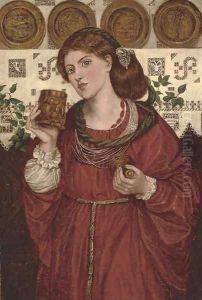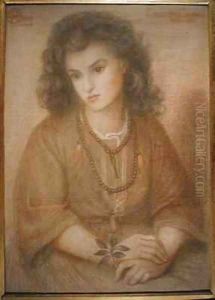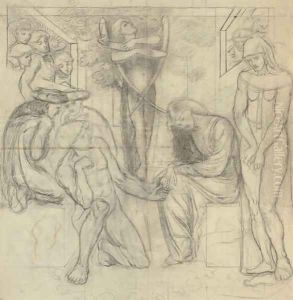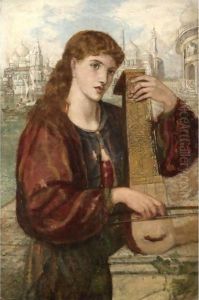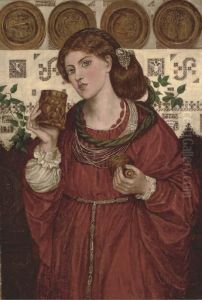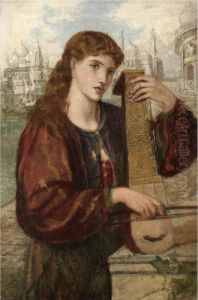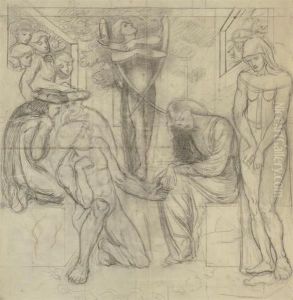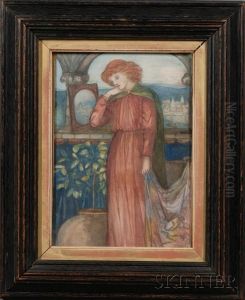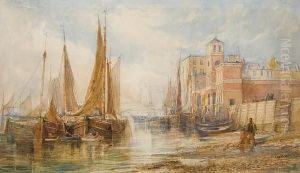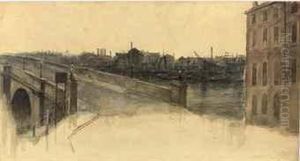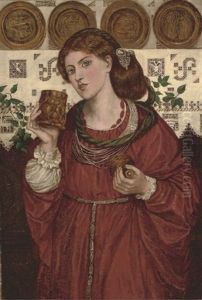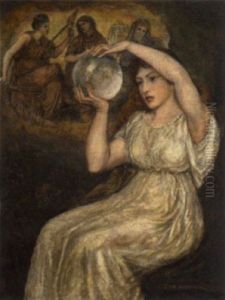Henry Treffry Dunn Paintings
Henry Treffry Dunn was an English painter and illustrator who is best known for his association with the poet and artist Dante Gabriel Rossetti. Born in 1838 in Truro, Cornwall, Dunn received his early education in his hometown. He showed an early interest in the arts and was encouraged to pursue his talent.
During the 1860s, Dunn moved to London, where he became closely associated with the Pre-Raphaelite Brotherhood, a group of English painters, poets, and critics founded in 1848 who aimed to reform art by rejecting what they considered to be the mechanistic approach first adopted by the Mannerist artists who succeeded Raphael and Michelangelo. The group sought a return to the abundant detail, intense colors, and complex compositions of Quattrocento Italian art.
In London, Dunn met Dante Gabriel Rossetti, who was a central figure in the Pre-Raphaelite movement. He became Rossetti's assistant in 1867, a role he held for many years. Dunn's duties included not only helping with the painting but also managing Rossetti's household and affairs, as Rossetti struggled with personal issues, including ill health and depression following the death of his wife, Elizabeth Siddal.
As Rossetti's assistant, Dunn was responsible for copying Rossetti's works and also creating his own art. While his work was overshadowed by the larger figures in the Pre-Raphaelite movement, Dunn's paintings and drawings were recognized for their precision and attention to detail, which were hallmarks of Pre-Raphaelite aesthetic principles.
Henry Treffry Dunn's own artistic output was limited, and he is not widely known today outside of his association with Rossetti. However, his memoirs and recollections of Rossetti, which he wrote towards the end of his life, provide valuable insights into the life and work of the Pre-Raphaelites.
Dunn lived through the later years of the Victorian era, a time of significant cultural and artistic change in England. He died in 1899, having spent much of his life in the shadow of the more prominent members of the Pre-Raphaelite Brotherhood, yet his contributions, particularly as a documenter of the movement, remain a part of the art historical record.
